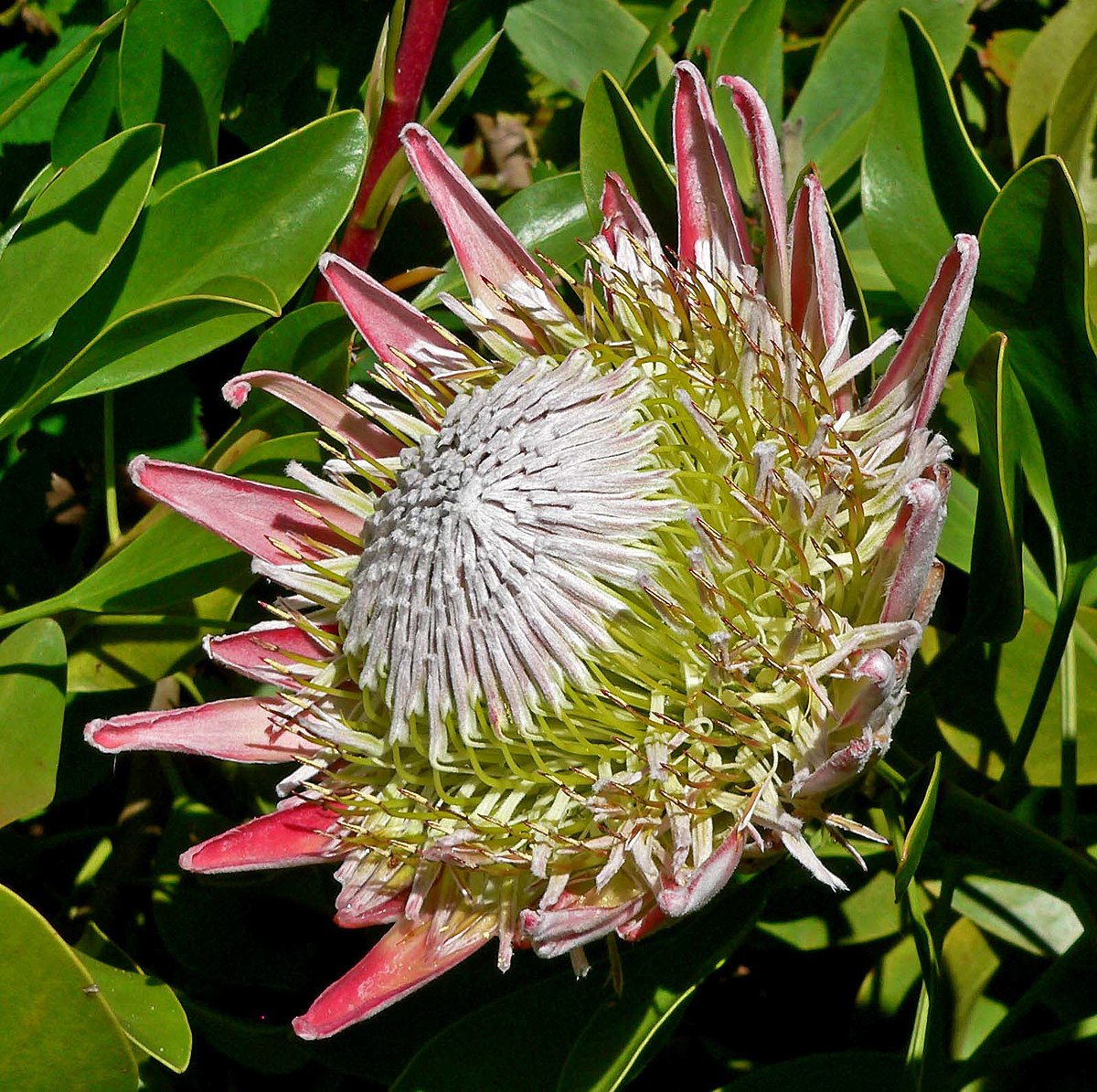Protea is a genus of flowering plants belonging to the Proteaceae family, native to South Africa and Australia. Renowned for their unique, exotic blooms, Proteas are often referred to as the “King of Flowers” due to their grandeur and resilience.
Characteristics and Diversity
Protea plants exhibit a wide range of sizes, shapes, and colors, making them highly diverse. Some species are small, shrub-like plants, while others are towering trees. The flowers are typically large and showy, with a variety of colors including red, pink, yellow, orange, and purple. They are often characterized by their spiky or feathery bracts, which surround the central flower heads.
Ecological Significance
Protea plants play a crucial role in the ecosystems of South Africa and Australia. They are well-adapted to survive in harsh, drought-prone conditions and can thrive in nutrient-poor soils. Proteas provide food and shelter for a variety of wildlife, including birds, insects, and small mammals. They also help to prevent soil erosion and maintain biodiversity.

Cultivation and Uses
Protea plants are popular ornamental plants and are cultivated in gardens and landscapes around the world. They are relatively easy to grow in climates with warm, dry summers and mild winters. Proteas are also used for cut flowers and are popular for bouquets and arrangements.
Notable Protea Species
There are many notable Protea species, each with its own unique characteristics. Some of the most well-known include:
Protea cynaroides: This species is often referred to as the “King Protea” and is the national flower of South Africa. It has large, pink or red flowers with spiky bracts.
:max_bytes(150000):strip_icc()/protea-plants-growing-guide-5205822-hero-6845458e7d1147f4bce1d66b192a25a8.jpg)
Conservation Efforts
Many Protea species are threatened by habitat loss, climate change, and invasive species. Conservation efforts are underway to protect these valuable plants. These efforts include habitat restoration, seed banking, and captive breeding programs.
Protea plants are truly remarkable and continue to captivate people around the world with their beauty and resilience. As we continue to appreciate and protect these iconic flowers, we can help to ensure their survival for generations to come.





:max_bytes(150000):strip_icc()/GettyImages-519977770-5a9646281d640400377d6322.jpg?w=200&resize=200,112&ssl=1)

